Duck Farming Tutorial
Duck farming is not a new topic in the animal farming dictionary. Even though not as common as cattle and chicken, Duck is also a farm animal. Domesticated ducks and wild duck breeds show distinguishing features. According to the Open Sanctuary Project, a farmed animal is a specific breed of animal raised by humans for using their bodies or what comes from them. Duck farms are indoor sheds that are often overcrowded. As a profit-earning business, farm keepers are hardly concerned about animal welfare.
Usually, thousands of ducks are kept in a non-spacious area without natural light during duck farming. Sadly, these animals have little or no access to natural water resources for preening, dabbling, swimming, bathing, and head-bobbing on today’s backyard and industrial animal farms.
How Long Do Ducks Live? Duck Age


| Free ducks | 15 to 20 years old |
| Domestic ducks | 6 to 10 years old |
Domestic ducks are farmed mainly for a few reasons, like eggs and meat. Farmed Duck’s life is only a fraction of a free duck’s life. Domestic ducks reach their slaughter weight once they reach 90 percent of their adult weight or are six or seven weeks old. Ducks that lay eggs reach a decline in their ability to lay eggs when they are around 18 months or so. That is when egg-laying ducks are killed for meat. The overall life of a farm duck is misery with a poor life. During their short lives, they live in confined, overcrowded spaces with dim lights. They hardly get access to fresh sunlight and clean water.
Requirements of Domestic Ducks in Duck Farming
Space
waterways are only one requirement of ducks. Besides, they need some space. Domestic ducks need some indoor space to protect themselves from harsh weather conditions. This indoor space would be about 4 to 16 square feet, allowing ducks to sleep, nest, walk around, and roost in. Ducks need living space for several reasons, including access to food and water and areas of bushes and grass to roam freely. Free ducks find great opportunities to build their nests outdoors using hay, leaves, straw, and duck-safe mulch, which are readily available.
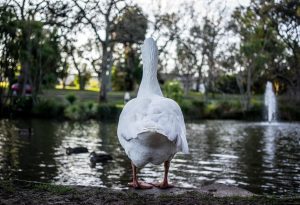

Water
Naturally, the life of a duck has an inseparable connection with water. Ducks are adapted to revolve around water as they have webbed feet, a unique way to waterproof their feathers, and they use down feathers to warm themselves in the winter. Compared to free ducks, domestic ducks live shorter life spans. Although many domestic ducks are derived from a leisurely life associated with water, the ideal life for them is to spend plenty of space where they can roam and explore as groups. Open water allows them to swim, bathe and splash water. Whether your ducks are domestic, make sure they have a pond, puddles, pool, or other bodies of water that allow them to wash and get messy.


Besides, ducks need water to keep their nostrils and eyes clean while maintaining good feather conditions and healthy body temperatures. Typically, Farmed ducks do not have access to free waterways and have to drink water from small pipes. They dispense the water in drops so ducks cannot immerse themselves in water pools and puddles. Failing to live everyday life like free ducks, farmed ducks are prone to eye infections that may lead to blindness. In the United States, Mercy for Animals’ investigation of one of the largest duck farms, it was reported that ducks are likely to experience stress caused by heat due to lack of access to enough water.
Air
As mentioned earlier, farm workers are doing a dangerous job as they are likely to contract a disease from ducks that live under toxic conditions. They have little or no access to enough water, space, or air. Mainly farmed ducks live in confined spaces with thousands of ducks. Poor ventilation causes farmed ducks to breathe in the ammonia fumes from their waste. As there is high moisture in duck droppings, their waste produces ammonia about four times more than broiler chickens. As ammonia lingers in the air, it inflames birds’ air sacs, which irritates their eyes, which get swollen and crusty. The worst that can happen is making the ducks blind.
Governments have specified specific regulations on the acceptable amount of ammonia in poultry farms. However, they have considered only the bearable ammonia amount for humans—who can wear respirators and not animals. Hence, ammonia, as a particularly harmful gas, causes birds to breathe their bodies and absorb about twice as much gas as mammals. Duck farming creates a poor living condition for the animals even during their short lives.
Are Ducks Easy to Farm?
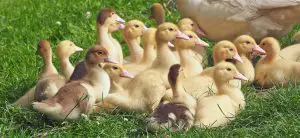

Duck farming is quite a task, and it involves several risks. Working on a duck farm is a dangerous job with challenges. According to the International Labor Organization (ILO), Poultry farm workers are exposed to significant levels of toxic gases, infectious diseases, agricultural dust, and diseases like bird flu.
Animal Abuse During Duck Farming
The pathetic plight of farmed animals is not brought to legal attention in the US for two reasons.
1. the US law does not protect farmed ducks
2. farmed animals are excluded from legal definitions of animal abuse
The reason for such exclusion may be the promotion of commercial farming activities. Hence, the difficult lives of farm ducks hardly become a topic for debate. In poultry farms, people try to expedite the process of meat supply. Ducks encounter walking difficulties due to the unbearable weight they gain due to selective breeding. In a short period, their bodies grow too large that their legs can barely support them. Unbearable weight gain causes injuries from walking difficulties. Their webbed feet are designed to float on the water rather than walk on the ground. Hence, this difficulty in walking is also caused by a lack of water to swim and the wire mesh floors they must waddle on.
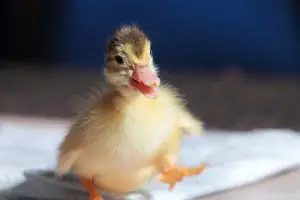

Poultry workers engaged in duck farming activities in the United States do not dare speak up about their management to the Government to complain about workplace safety measures and denial of restroom breaks. Even during the global pandemic of Covid-19, these workers struggled with their employers, who were reluctant to take measures to protect them from the virus. Continuous exposure to dust and gases of the poultries, workers are likely to have asthma, runny noses, chronic bronchitis, and irritated eyes.
Read More
Silkie Hen vs Rooster – Comprehensive Guide

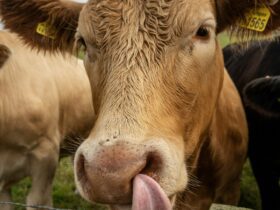
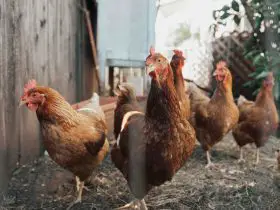
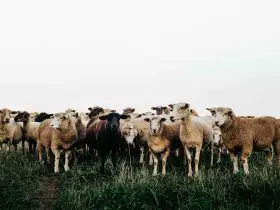
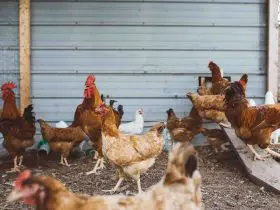

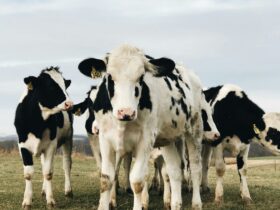
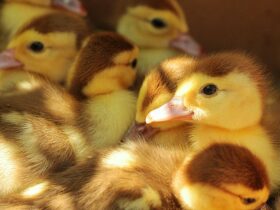
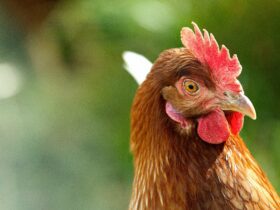

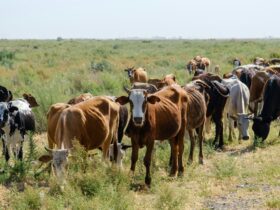
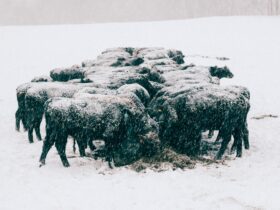
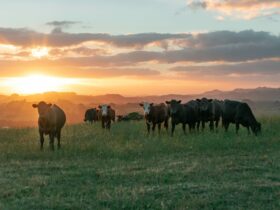

Hello!! Welcome to Anim Farm